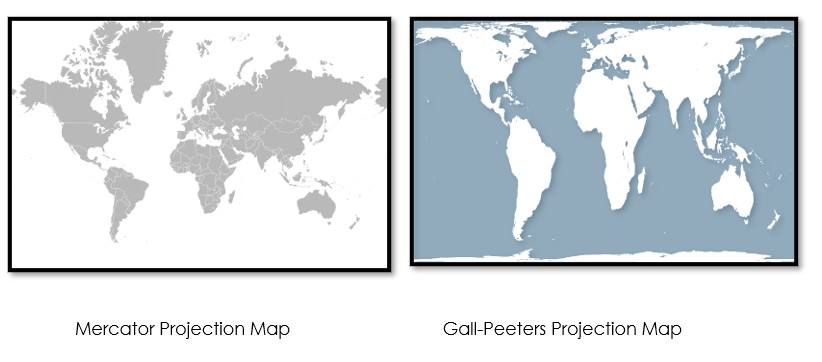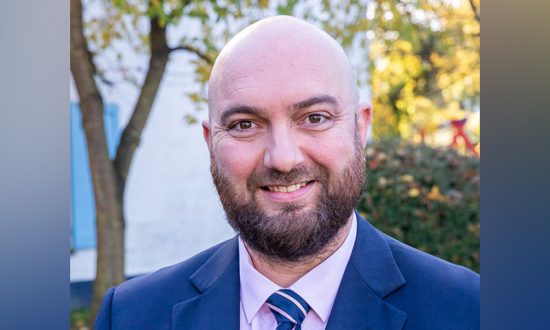Cobus Steyn has been leading international schools in various contexts and positions since 2011, specialising in strategic direction, school improvement and accreditation, and governance structures. He is currently attending the Doctoral College of the University of Bath, specialising in International Education Leadership and Administration. Mr Steyn also serves the international school community as an Accreditation Team Member and a Cambridge Assessment Specialist. As a citizen of a Global South country, Mr Steyn is enthusiastic about transformation in international education which would lead to a more inclusive learning experience for international school students, and developing young leaders. He is also very passionate about education in Africa. Over the course of his career, Mr Steyn has lived and worked in six countries on three continents.
International education is known to have a camaraderie and esprit de corps where most, if not all, top international schools focus on and work to better serve our student body. Be it assessments and what they are used for, standardised testing and using the results to improve teaching and learning, or creating personal learning communities which span continents to improve our pedagogy. There is currently a strong focus on decolonising the curriculum. And to my mind, there cannot be a nobler cause to promote equity of knowledge systems and make international education more representative and more complete. After all, how can an international education system really be international if it does not consider and incorporate knowledge systems?
The drive for decolonising the curriculum started with international school alumni who reflected on the isomorphism of their educational experiences. They found that they shared a common experience in that the curriculum they were taught was not representative of them or the knowledge systems of their heritage. Students are more inclined to engage and take responsibility for their learning if they can self-identify with the material and sources used and also feel that their heritage is reflected in what they are expected to learn. A person is far more likely to connect and internalise with that which is familiar than that which is not. The call for decolonising the curriculum should not be one where we “throw out” that which we already have but rather seek ways to enrich, include, and incorporate. This is, without a doubt, a very complex and sometimes uncomfortable process to go through, but nonetheless, a crucial one.
Where to start? When is the next professional development on Decolonising the Curriculum? Top accreditation bodies have already aligned new frameworks to reflect this idea. Some astute third-party suppliers (such as professional development agencies) have already held sessions for international school heads and curriculum leaders. I feel that this process is best started at school, involving all stakeholders, especially students, and developing what this means in each school’s unique context. Once this has been developed from the grassroots level, it can filter to the examination boards. This is not a process which should be driven by a top-down push. This is a process for the students, and their voice needs to be reflected at the conception stage. With so many international schools worldwide, the innovation that can come from this process is inspiring.
Personally, I would start with the outer, “smaller” things and have a clear plan to dive deeper into the more complex questions. Start with a broader lens before moving closer. Resources and then curriculum. More on this later. The importance of a “smaller” start cannot be underestimated in terms of the powerful impact it could potentially have on students. Sometimes, even altering world views. For me, the process will start by incorporating Gall-Peters Projection Maps alongside the Mercator map in the classroom. A simple enough thing to do, but its impact is phenomenal.
The Mercator map is the one most people would be familiar with, and if shown, most people would say that is what the world looks like. Except, it does not. Not at all. The Mercator map, in short, is a maritime navigation map. Objects (read countries) away from the equator are inflated (read made to look more significant) than tropical countries. For example, Africa is over 14 times larger than Greenland, but on the Mercator Map, they are similar in size. The result, in essence, is a far misrepresentation of Global North countries in contrast to Global South Countries. Landmasses, such as Africa, are almost compared in size to Greenland, and America and Europe appear far more prominent than they actually are. A courtesy look at the Mercator Projection Map found on Wikipedia clearly shows that North America is larger than Africa and South America. Europe is also represented as the centre of the map.

Then there is the Gall-Peters projection map. This map shows continents and countries scaled to their size. This means that continents and countries are shown in their correct size compared to each other. It is striking how much bigger South America, Africa, and Asia have become. North America is smaller, and Europe is no longer the centre of the map. By placing these maps in classrooms, the dialogue between teachers and students can start. Students can re-examine their worldview and their place within it. Students can realise that perhaps they are much more significant and prominent than previously thought. The newfound confidence and a young and eager mind – who knows what changes they could bring about.
As mentioned at the start of this reflective piece, the dialogue and innovation should start from the grassroots level and work their way to the top. However, international schools are also bound by the examination boards regarding syllabi and content. While schools can enrich and extend curricula, we cannot do without leading examination boards and their examinations and assessments. In a recent exam, one of the leading examination boards published a Geography paper which showed the world represented by the Mercator Map. The call for decolonising the curriculum has been sounded. International schools are all raising their hands and are eager to start the process. Where are the examination boards with this process? If adding a Gall-Peeters Projection Map to a classroom wall can profoundly impact the equity and equality of international education, then so could replacing a simple map on an examination paper?




